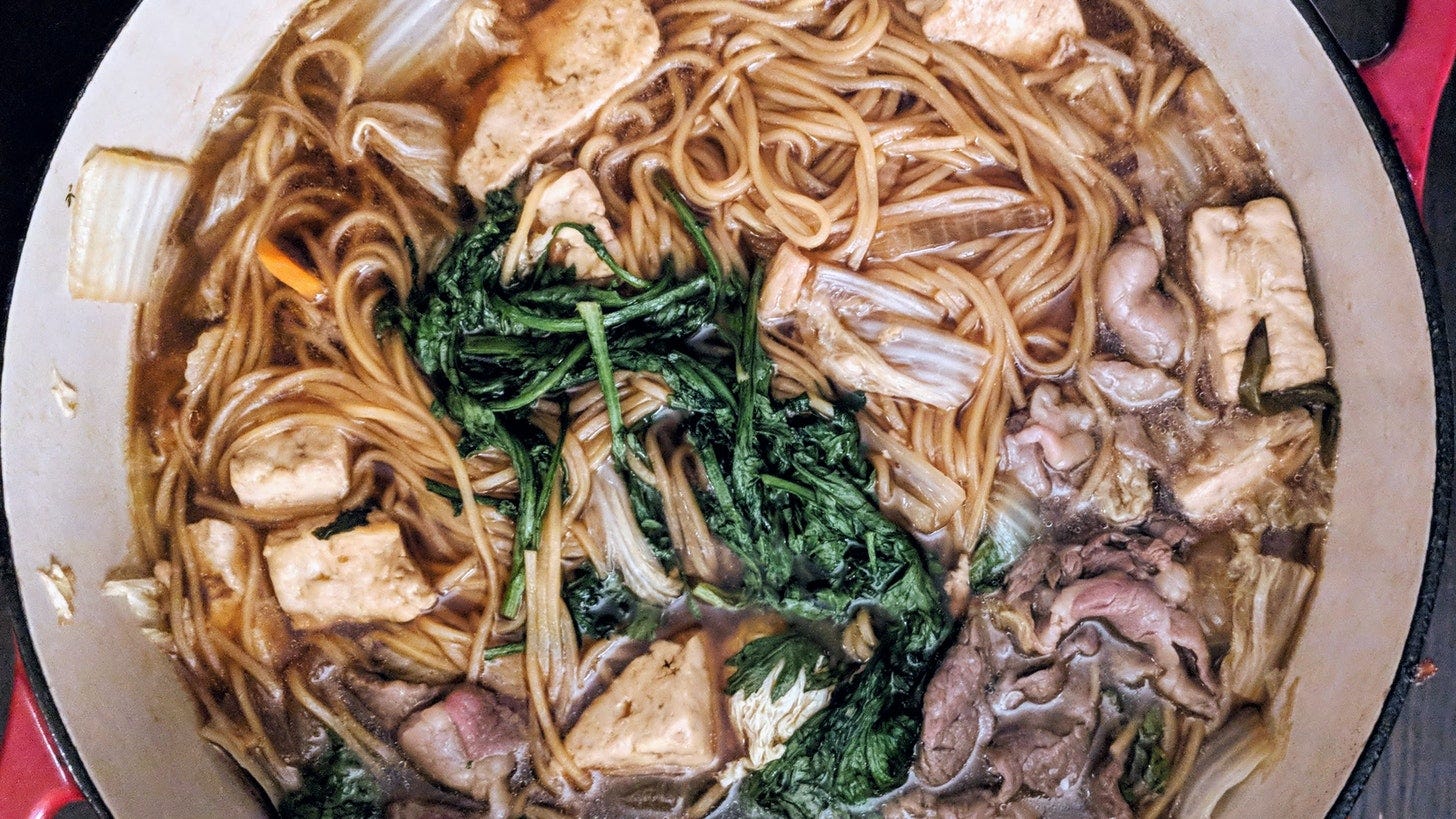This week, as part of our celebration of all things food on Substack, we interviewed Maya Meredith. Maya writes The Kitchen Review of Books, a publication that combines cookbook reviews with commentary on the food world.
This interview has been lightly edited for length and clarity.
What’s your Substack about in one sentence?
I use cookbooks as a gateway to explore the culture and history of food—and I also actually cook the recipes!
What inspired you to write about culture and food politics through the lens of cookbooks?
I started going a little bit overboard buying cookbooks during the pandemic after I already had more than 40 (I stopped counting at that point), and I wanted to do more with them than cook out of them. When I first started the newsletter, I just wanted to provide a place where readers could find cookbook reviews where the writer had actually cooked multiple recipes, since that’s unfortunately pretty rare. But the more time I spent with the books, the more I realized that there was a lot more to learn from them than recipes. And I think that food is a really relatable entry point for people to learn more about race, class, and environmental politics.

What are the essential characteristics of a cookbook you’d want to write about?
The biggest consideration I have when deciding to write about something is “Is someone already talking about this? What can I add to the conversation?” If a book already has a ton of media coverage, I probably won’t cover it even if I liked it, unless I feel like I can bring readers into a deeper analysis or I want to help them figure out if they can actually cook out of it.
Many of the cookbooks I write about have strong memoir elements that reveal a lot about their time period or cultural context. For me, that’s a jumping-off point to think about how we relate to food. How do immigrants impact American foodways? What responsibility do you have to the cultures you’re pulling from? How do we use food to live our politics? Those are the kinds of questions I love trying to figure out.
Your food photos are both beautiful and relatable. What’s your process?
That’s very flattering, because most of my photos are taken on my Pixel 2 (which is four generations behind at this point) and I depend on natural light. That’s the number one tip I give people if they want to take appealing food photos: If it’s nighttime, don’t bother!
As far as the overall look, I’m definitely inspired by food photography trends like the flat lay (looking at the food from the top down) and the kind of casual/random-looking table setting layout you see in magazines. But I don’t have the prop budget that magazines have, so I guess that’s what makes it look relatable.

What has surprised you about your cookbook project thus far?
Honestly, the biggest surprise is that it has resonated with people so much! I’ve been so surprised people are into going on this journey with me, especially when I did a series over the summer that was just about vegetarian cookbooks of the 1970s.
What unsung cookbook deserves a spot on more shelves?
I have to recommend Dinner: Changing the Game by Melissa Clark. She’s obviously not an obscure writer, but this book in particular is really fantastic: It has a huge variety of cookable, delicious recipes, including multiple chapters focused on vegetarian dishes. One of the recipes got me to start eating tofu! I’ve been on a trip away from home for the past month, and this was the one cookbook I brought.
Who’s another Substack writer you’d recommend?
Helena Fitzgerald’s Griefbacon was the first Substack I ever subscribed to. She’s an incredibly talented essayist who can make you believe a slice of pizza holds the meaning of life.
Subscribe to Maya’s publication, The Kitchen Review of Books, and find her on Instagram.



